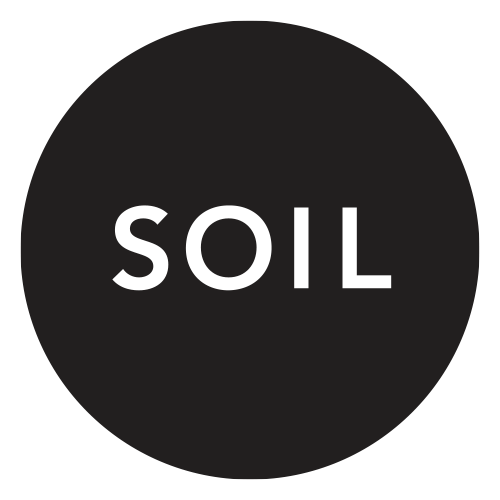July 2012 / Sticks and Stones
Carolyn Hopkins
Stain, 2010
Mixed Media
Dimensions variable
Emily Nachison
Deliquesce, 2012
Cast glass
Anthony Sonnenber
The Apotheosis, 2010
Mixed media, found objects
72 x 58 x 40 inches
Carolyn Hopkins
Emily Nachison
Anthony Sonnenberg
Sticks and Stones
July 05 – 28, 2012
Reception / Thursday, July 05, 6–9pm
Artist Talk / Saturday, July 28, 12pm
Join us at SOIL on Saturday July 28th at noon for a brunch and artist talk. Anthony Sonnenberg, Carolyn Hopkins, and Emily Nachison will be presenting on their work and taking questions. Saya Moriyasu will speak about her show Verdant. Come have a bite and some coffee, sit back and listen – and feel free to engage!
An immersive installation built collaboratively by artists Emily Nachison, Anthony Sonnenberg, and Carolyn Hopkins.
Carolyn Hopkins:
My studio practice utilizes modern-day and historical iconography of the frontier as a way of accessing our contemporary relationship to landscape. It is through an exploration of the various embodiments of the frontier that I take on notions of identity as they manifest themselves within American culture and challenge traditional hierarchies.
I cut and paste things, transplant one thing into another, impose and juxtapose. I sew things up and stretch them over each other. My work thrusts the domestic into the outdoors, and pulls the wild and unfamiliar into our recognizable interior spaces Through combining items, materials, and imagery from culturally oppositional territories a new hybrid space emerges which allows for a reconsideration of the familiar.
This work questions the conventional cultural roles of the feminine and masculine as well as the tamed and untamed and creates moments from which to look back at the world we navigate. Through creating work that maneuvers within an existing terrain I erect outposts from which others may reinvestigate a formerly recognizable territory.
Emily Nachison:
"A primal desire of man is the imaginative impulse... to visit strange regions in search of beauty, awe or terror as the actual world does not supply."
– C.S. Lewis, Of Other Worlds
My artwork explores mythology, landscape and the human perception of nature. I build upon the tradition of the grotto by creating immersive environments from disposable materials. The transformation of rope, cardboard and packing foam into elaborate mimetic sculptures explores the romanticization of nature. The monochromatic palette and surface treatments classify and group objects, suggesting a shared narrative about environment, origin and history. The sculptural forms within my work reference natural formations: mounds, bramble bushes, parasitic plants, minerals and simple man-made structures such as dams, cairns and netting. Drawing from anthropology, geology, and the decorative arts, the sculptures and installations are a hybrid of synthetic and natural accumulations. Mythology and New-Age idealism become starting points for an investigation into the cultural creation of landscape.
Anthony Sonnenberg:
The work's ultimate goal is to increase the capacity for empathy within the viewer. In order to do so, the work must illuminate certain aspects of the human experience that are consistent to all people. These aspects that form the emotional center of the work are uncertainty, vulnerability, and isolation. The darkness and pain associated with these aspects of the human experience can be difficult to recognize and should not be introduced to the viewer in a blunt manner. These emotions must be addressed through a circuitous series of aesthetic and conceptual facades. These facades are formed by employing the mechanisms of beauty, humor, and decadent surfaces that attract and focus the viewer's attention and then serve as conduits to the darker emotional truths at the core of the work. Producing art that makes one confront the negative aspects of the human experience may seem at first a bleak task but it is done in the name of empowerment. The only way we can overcome these difficult elements of the human experience is to know them, embrace them, and connect with others through them.

